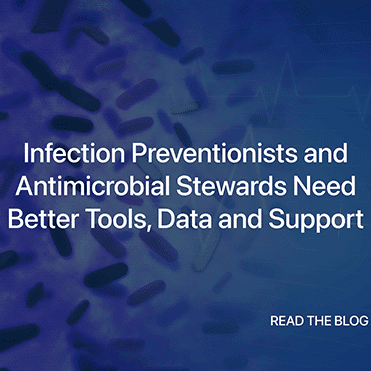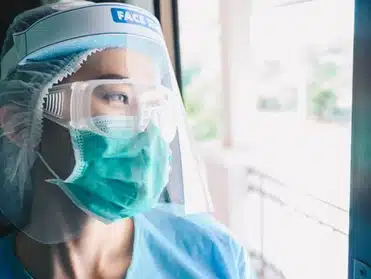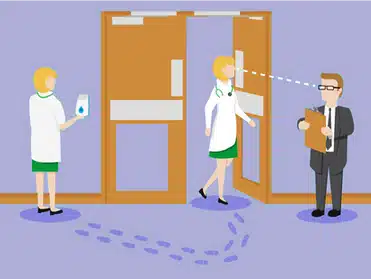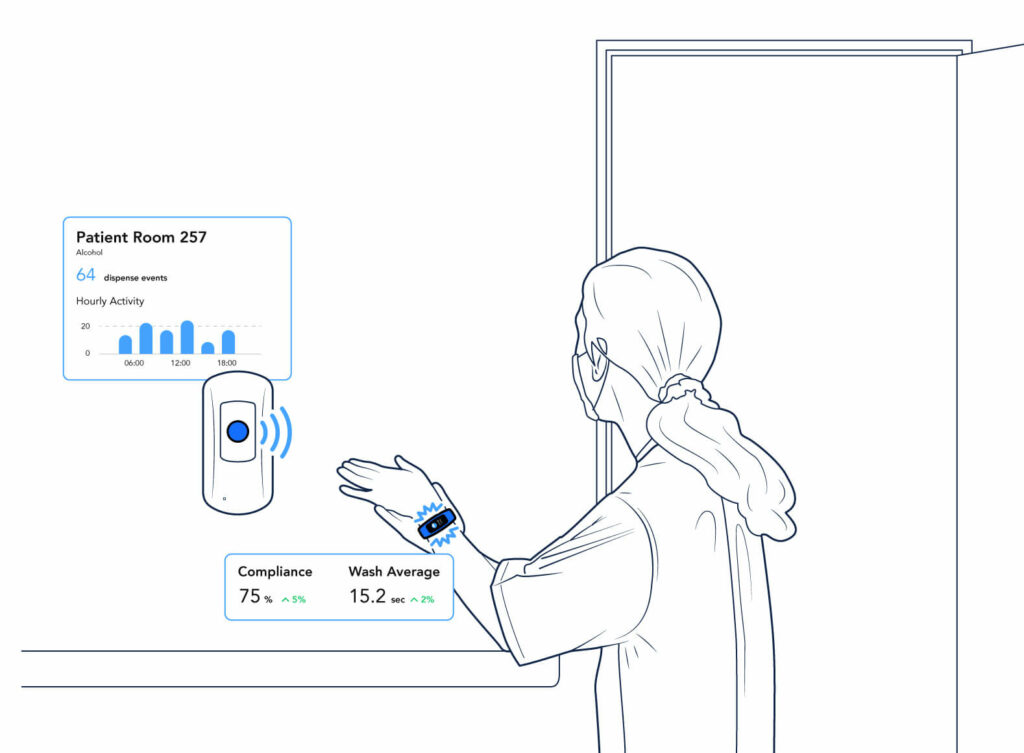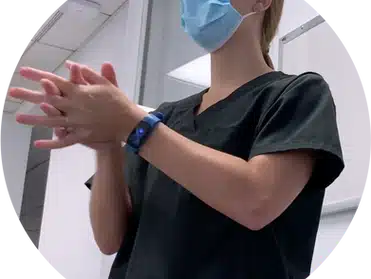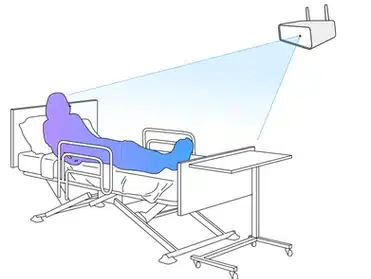Infection Preventionists and Antimicrobial Stewards Need Better Tools, Data and Support
A recently published paper (Nori et al., 2022) shines a light on the challenges endured by the infection prevention (IP) and antimicrobial stewardship (AS) workforce since the start of the COVID-19 pandemic. Published in Antimicrobial Stewardship and Healthcare Epidemiology, the paper describes situations contributing to burnout, as described in the next three paragraphs, and suggests …
Infection Preventionists and Antimicrobial Stewards Need Better Tools, Data and Support Read More »

